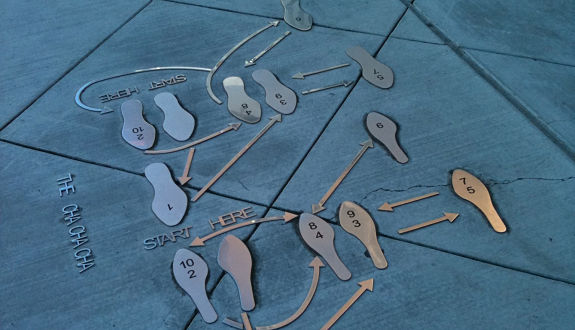Slavery and Symbolism at Harvard Law School
- by
- Mar 10, 2016
- Law School, Law School Life
- Reviewed by: Matt Riley


As you may have seen in coverage from The New York Times or The Wall Street Journal, Harvard Law School is considering changing its seal.
In a social climate laden with cheeky editorials about excessive PC culture on college campuses – or, for that matter, in an election dominated by The Donald – it comes as no surprise that some have cast aspersions on the student activists leading the charge. Central among those student activists is the group Reclaim Harvard Law School, an organization of students, faculty, and others seeking to promote and support marginalized students on campus.
Recently, the organization achieved a significant victory after a committee, led by Professor Bruce Mann (Senator Elizabeth Warren’s husband), voted 10 to 2 to advise the Harvard Corporation to change the crest. What lead to their decision? And why is there more to Reclaim than meets The Blaze’s and other naysayers’ eyes?
It’s important to consider that the seal today exists in the context of a Harvard Law School that is far from perfect when it comes to racial and socio-economic diversity. African-American students remain underrepresented, and the Law School has not yet managed to achieve a goal that President Obama fought for back in his time at HLS: a representative and diverse faculty. Just last semester, portraits of the school’s past and present black tenured professors were defaced with black tape.
But the simple answer for why Reclaim and others have spoken out against Harvard’s current seal is because it bears the crest of a slave owners. And not just any slave owners, but the Royalls, the largest slave-holding family in Massachusetts at the time Isaac Royall donated the money that would later fund the founding of Harvard Law School.
Many other factors were no doubt taken into account in the Committee’s decision. For instance, the Royall family quashed a slave rebellion by burning dozens of people alive. Additionally, Isaac Royall did not specifically intend the money he donated to fund a law school, but simply a new professorship in any of a few subjects Harvard was lacking at the time. Furthermore, the seal was not officially adopted until long after the law school’s founding, in 1937, and did not become so widely used until the 1980’s revolution in branding and advertising. Each of these elements illuminated an important piece of history, and no doubt informed the Committee’s decision.
Ultimately, however, the recommendation to change the seal is primarily about the students – students for whom a prominent homage to a slave-owning family is understandably unsettling and who feel that the seal is an impediment, rather than an asset, in their efforts to improve the world through the law. As the committee report states: “We believe that if the Law School is to have an official symbol, it must more closely represent the values of the Law School, which the current shield does not.”
Search the Blog

Free LSAT Practice Account
Sign up for a free Blueprint LSAT account and get access to a free trial of the Self-Paced Course and a free practice LSAT with a detailed score report, mind-blowing analytics, and explanatory videos.
Learn More
Popular Posts
-
logic games Game Over: LSAC Says Farewell to Logic Games
-
General LSAT Advice How to Get a 180 on the LSAT
-
Entertainment Revisiting Elle's LSAT Journey from Legally Blonde








